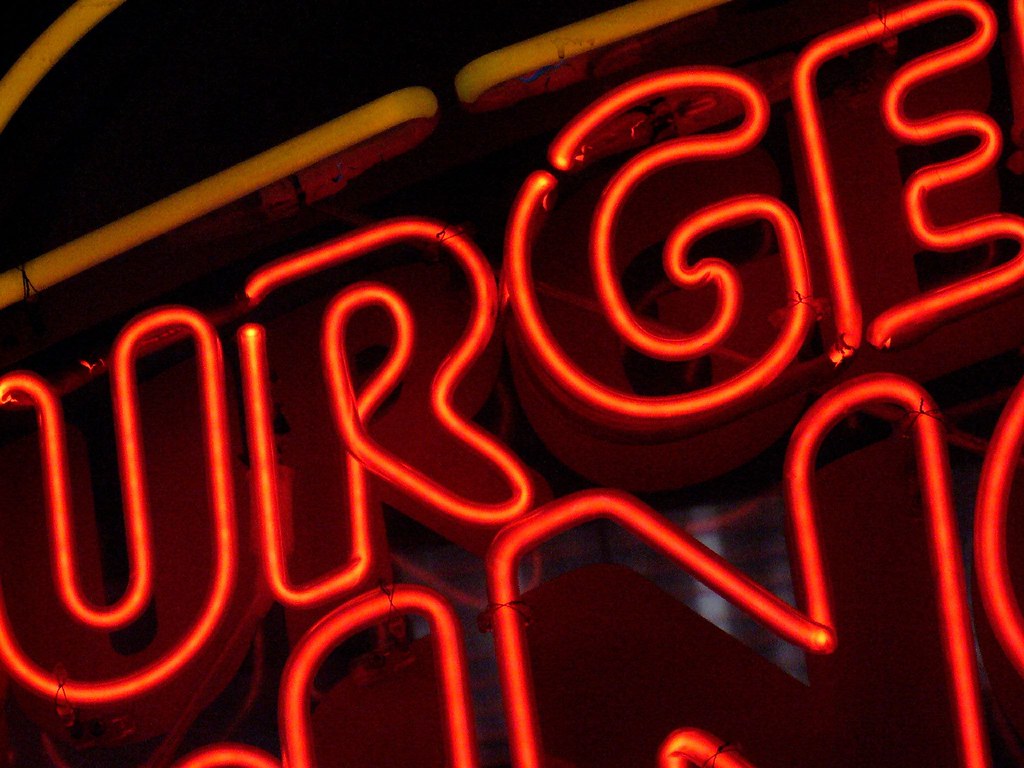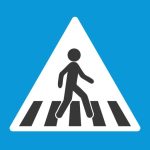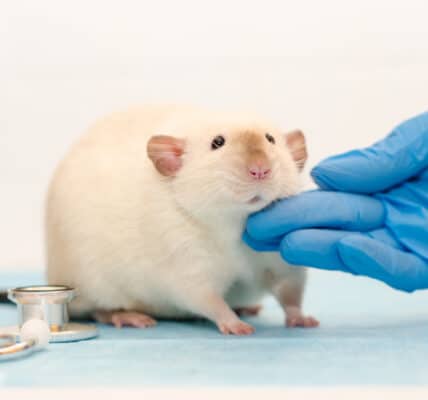Urge Suppression: The Relationship Between Impulsivity and Obsessive-Compulsive Disorder and Alcohol Use Disorder

Perhaps the most important skill a person can develop to help recover from substance use disorders is the ability to resist urges. When the urge to indulge strengthens, we call it a craving. It seems like this craving will last until the person indulges, but that’s not the case. The cravings are more like waves that crash and recede, eventually becoming weaker than the pleasure of resistance. Considering how important urge suppression is to recovery from substance use disorders, it is surprising how little scientific literature there is on the subject.
One recent study comes from a large team of researchers associated with the Nathan Kline Institute for Psychiatric Research in New York, including doctors from the New York University School of Medicine and Mount Sinai. The researchers note that “very little work has investigated the pathophysiology underlying urges” in obsessive-compulsive disorders (OCD). Most of the research is based on the similarity between automatic “urges-for-action” (UFAs) such as blinking, swallowing and scratching, and the strong urges to engage in repetitive behavior for people suffering from OCD.
That’s exactly where these researchers started: with an urge-to-blink test. The researchers examined functional magnetic resonance imagery (fMRI) of brain activity during 60-second blink suppression sessions with 50 patients diagnosed with OCD and a 24-person control group. The 50 patients all met DSM-5 criteria for OCD and excluded patients with bipolar disorder or schizophrenia spectrum disorder. The bottom line:
OCD patients showed significantly increased activation in several regions during the early phase of eyeblink suppression.
The researchers further noted that “OCD patients were less successful than controls in suppressing blinks.” This may sound like a simple difference, but it leads the researchers to a broad and significant conclusion:
These data indicate that OCD patients exhibit altered brain function and behavior when experiencing and suppressing the urge to blink, raising the possibility that the disorder is associated with a general abnormality in the UFA system that could ultimately be targeted by future treatments.
That is a very hopeful statement. The data these researchers collected reinforces the findings of my colleague at AddictionNews, Pat Hartman, whose recent article on anticipation shows that it is the prospect of reward, not the reward itself, that generates the greatest dopamine rush. The Nathan Kline Institute researchers found that the brain activation of OCD patients was noticeably elevated in the first 30 seconds of blink suppression. This could very well be fMRI confirmation of the anticipation hypothesis, showing that it is the anticipation high that drives OCD.
The amount of analysis of fMRI scans in this study is pretty amazing, allowing the researchers to see the buildup of anticipation in the first half of the blink suppression test, and then compare it with brain activity during free blinking. The results are shown in graphics that illustrate both the control group, the OCD group, and the difference between the two. The sample size is small and the researchers add, “it is unclear whether the networks involved in the urge to blink are the same as those involved in the urge to perform a compulsion.”
A group of researchers from across France recently completed a systematic review of the literature on alcohol use disorder (AUD) and inhibition and impulsivity, and state:
Our review highlights the association of alcohol craving with poorer inhibition and greater impulsivity.
The authors spend a good deal of time trying to get a handle on the relationship between impulsivity and inhibition:
Impulsivity is studied as a personality trait leading to impulsive behaviour and assessed by self-assessment questionnaires, whereas inhibition refers to a cognitive process evaluated by behavioural measures.
The authors cite a relationship between impulsivity and “intrusive thoughts.”
In AUD, craving for alcohol comes from attempting to suppress intrusive thoughts about drinking that get louder and become “elaborated thoughts” including mental imagery. In a fascinating paragraph, the authors explain a game of chase the recovering patient goes through:
The hyperaccessibility of suppressed thoughts results from the operation of two cognitive processes. A controlled process that looks for distractors in order to avoid the unwanted thought and an automatic process that searches [for] the suppressed thought. If this process finds the target thought, the controlled process is activated to eliminate the thought. The paradoxical effect is that the automatic target search makes the person very sensitive to the suppressed thought.
In other words, the patient tries to not think about drinking and tries to distract themselves from those thoughts, but they know the suppressed thoughts are right under the surface, and the patient “automatically” searches for them. Much of addiction may derive from the pleasure of wanting a drink, the drink itself being a disappointing conclusion to an otherwise exciting process of temptation and restraint.
One conclusion of the review is, “A high impulsivity level is associated with a high level of craving” and a high risk of relapse. Perhaps it sounds redundant, but the study found that patients with AUD display “difficulties in cognitive and behavioral self-regulation.” In what sounds like a ringing endorsement for cognitive behavioral therapy (CBT) that teaches urge suppression, the French researchers conclude:
The cognitive processes involved in craving for abstinent [AUD] patients seemed to result from a conflict between thoughts, behaviours and both of them. This could be a strong target in self-regulation enhancement strategies, using cognitive behavioural therapy.
Here we have two different ways of looking at urge suppression, the first with OCD patients and the second with AUD patients. The first involves fMRI scans and the second a systematic review. They both arrive at similar conclusions regarding the anticipation of a reward and the hold it has over the brains of people suffering from OCD or AUD. In our next installment, we’ll look at those “self-regulation enhancement strategies” and what can be done to strengthen urge suppression.
Written by Steve O’Keefe. First published August 7, 2024.
Sources:
“The buildup of an urge in obsessive-compulsive disorder: Behavioral and neuroimaging correlates,” Human Brain Mapping, January 2020.
“Drawing alcohol craving process: A systematic review of its association with thought suppression, inhibition and impulsivity,” Heliyon: A Cell Press Journal, January 04, 2021.
Image Copyright: Velvet Android, used under Creative Commons license.




